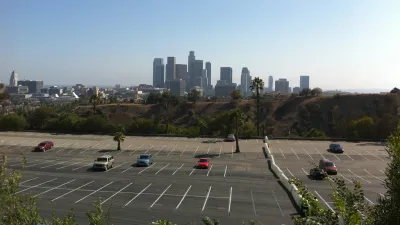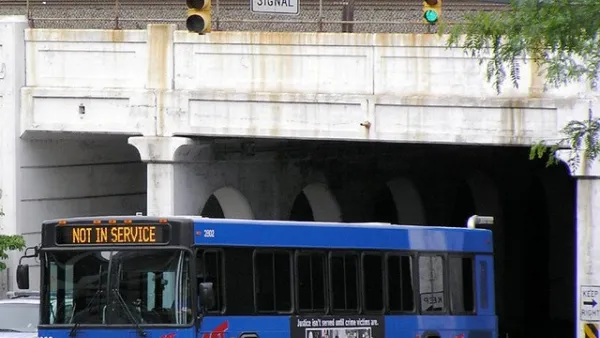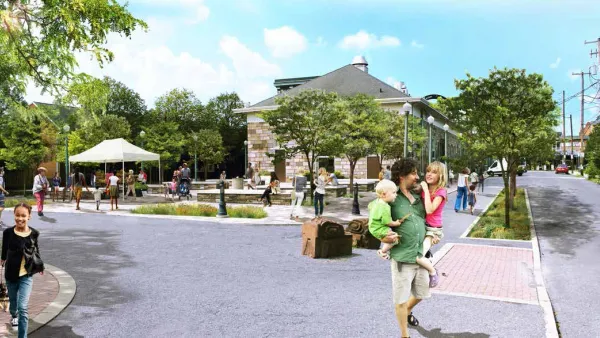Most cities in the United States tax land according to what an owner builds on it. That's great if you're an owner, but lousy if you're a city that wants something cool built on it. The solution: tax it according to what an owner can build on it.

Cities across America are poxed by vacant lots. Dozens, or even hundreds, of perfectly good pieces of land lie fallow, perhaps as parking lots, thus breaking up the urban fabric in cities that are eager to develop and create great places. In some cases, landlords are just lazy. But in many cases, they are reaping a tax windfall.
Most cities tax land according to the price an owner paid and then according to the improvements—i.e., buildings—that the owner puts on the land. No improvements equal no increases in taxes. The relatively low taxes paid by owners of vacant lots enables them to bide their time, waiting for the distant moment when their parking lot is no longer profitable or when a developer comes willing to pay an extortionate sum.
Nearly a century-and-a-half ago, economist Henry George devised a "single tax" to solve this problem: tax all land at the same rate, regardless of improvements. If the owner of a parking lot is paying the same amount of taxes as the owner of a skyscraper, that parking lot will be dug up posthaste, or so George's logic goes. In Slate, Henry Grabar discusses a few communities, mostly small, none with great development pressures, that use version of the single tax. They include Allentown, Pa., Harrisburg, Pa., and Fairhope, Ala. They are not necessarily models for the country, but with backers like Peter Orszag endorsing the single tax, perhaps its time may be in the offing.
"Today the largest land taxes in the United States are in Allentown and Harrisburg, Pennsylvania, which employ, respectively, a fivefold and sixfold emphasis on taxing land vs. buildings. But they offer scant evidence for how such a policy might affect enormous, high-cost metropolises like Los Angeles or New York. The shift would cause huge changes in property values, and would have to be implemented over a period of years, if not decades, to be feasible."
FULL STORY: The Land Taxers of Fairhope

Analysis: Cybertruck Fatality Rate Far Exceeds That of Ford Pinto
The Tesla Cybertruck was recalled seven times last year.

National Parks Layoffs Will Cause Communities to Lose Billions
Thousands of essential park workers were laid off this week, just before the busy spring break season.

Retro-silient?: America’s First “Eco-burb,” The Woodlands Turns 50
A master-planned community north of Houston offers lessons on green infrastructure and resilient design, but falls short of its founder’s lofty affordability and walkability goals.

Test News Post 1
This is a summary

Analysis: Cybertruck Fatality Rate Far Exceeds That of Ford Pinto
The Tesla Cybertruck was recalled seven times last year.

Test News Headline 46
Test for the image on the front page.
Urban Design for Planners 1: Software Tools
This six-course series explores essential urban design concepts using open source software and equips planners with the tools they need to participate fully in the urban design process.
Planning for Universal Design
Learn the tools for implementing Universal Design in planning regulations.
EMC Planning Group, Inc.
Planetizen
Planetizen
Mpact (formerly Rail~Volution)
Great Falls Development Authority, Inc.
HUDs Office of Policy Development and Research
NYU Wagner Graduate School of Public Service



























